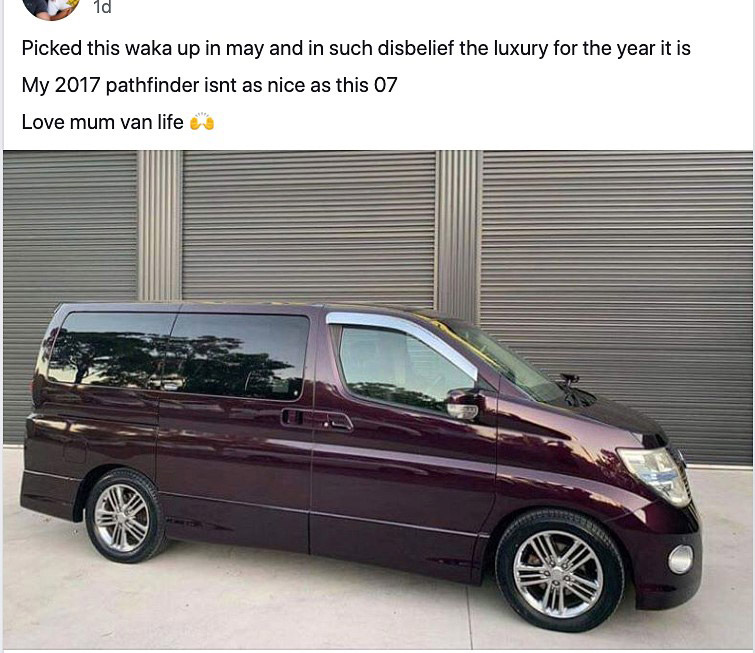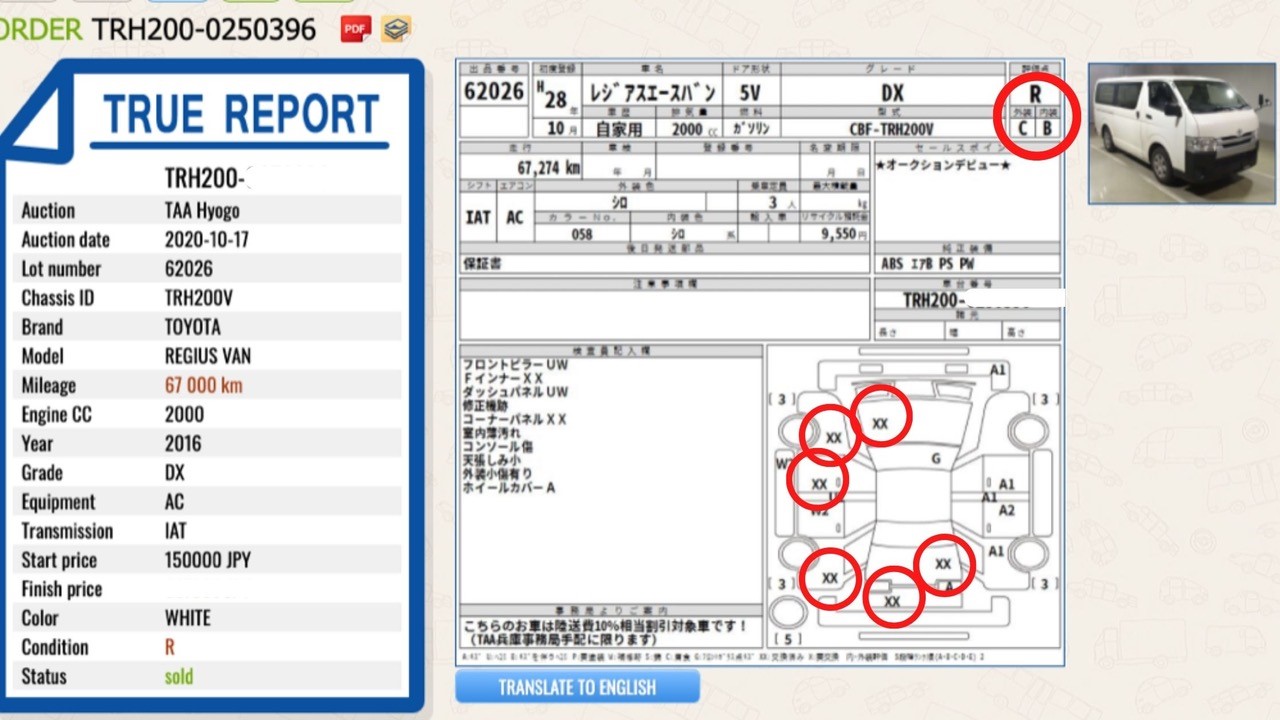Premium Japanese Car Imports for Families
Premium Japanese Car Imports for Families
Today we’re going to talk about buying Japanese Car Imports in Australia and how to avoid potential risks and car buyer regrets. If you prefer to watch a video instead, please head to our YouTube.
I’ve been in this game for over 20 years, specializing on family cars and my job is to help you choose wisely.
If I ask you: why Japanese Imports?
Most of you will say, well it’s because they’re built at elite factories in Japan, they’re upmarket, reliable, they have low mileage, and they have a ton of cool features.
And the best part is that they won’t blow your family budget.

However, not everyone knows the risks of buying an import.
So, here are my top 5 things to check before placing a deposit on an imported vehicle.
1. Rust
Japan is a wet country. Unlike Australia it rains and snows a lot. That means that some of the vehicles are going to be badly affected by rust, especially if they come from the North of Japan (Sapporo) or if you’re buying 4wd or AWD vehicle.
I always recommend a physical check underneath and if you’re buying unseen organize a mechanical inspection or ask a dealer to take a few pictures underneath.
Surface rust is Okay. However, you want to avoid buying an old colander: major surface rust with holes.
 Toyota Estima 2006 during extra safety check at A&D Automotive, Kirrawee
Toyota Estima 2006 during extra safety check at A&D Automotive, Kirrawee
2. Smoking smell
It’s not a secret that the Japanese still smoke a lot and many of them smoke inside their vehicles. I distinguish 2 types of smokers’ cars: minor and major.
Minor sounds a lot better yet in this case it’s a lot harder to detect cigarettes smell, as it is very easy to cover up with any car perfume and there’re no visible signs in the cabin.
Major smoker’s car sounds terrible but it’s very easy to detect the problem. It’s impossible to cover up the smell and there will always be yellow stains on the hood lining.
So, IF BUYING UNSEEN, ask your dealer to take a few pictures of the ash trays (especially the one at the front) and also of the hood lining, directly above drivers and front passenger windows. If you see yellow stains or uneven surface (the result of hard scrubbing because it’s really hard to get rid of those stains) then avoid at all costs if you must buy a non-smoker car.
 a perfect hood lining of MMC Delica D5 2010
a perfect hood lining of MMC Delica D5 2010
3. Accident grade
Every single vehicle sold at the auctions in Japan is graded according to its condition. Here’s my blog post where you can get more information on how they are graded.
Accident grade vehicles are marked as R or RA on the auction report, and they’re considerably cheaper compared to non-accident vehicles. And of course, if profit is the only driving force of the business, then it makes sense for dealer to buy cheap and very cheap accident cars in Japan and sell them here as non-accident with a bigger margin.
Some of the accidents are minor (shopping trolley assault, etc) and some are MAJOR, and as a consumer you need to be aware of what you’re buying.
So, always buy with auction report and since those can be brush touched in Photoshop, do an independent check as well.
In this example below, a Toyota Hiace was offered for sale without the auction report as a minor accident vehicle. After we did a check, we found out that 6 panels had been replaced (marked XX on the auction report). So, it was not really a minor accident.
 Auction Report of Toyota Hiace
Auction Report of Toyota Hiace
4. Fake mileage
Not all Japanese imports offered for sale in Australia have genuine kilometres. Some of them are purchased cheaply and with high mileages at the Japanese auctions and then illegally clocked back here to enjoy high margin.
How do you avoid vehicles with the “haircut”?
Always buy with original Export Certificate + auction report and do your checks before placing a deposit. Here’s how.
5. Seating capacity - Engineering certificate for 7 or 8 seats
If you’re buying Nissan Elgrand E51 or Toyota Estima (non hybrid), your pink compliance plate attached to a B pillar (front passenger door) will say “campervan” – 2-3 or 4 seater.
Your dealership MUST organize a compulsory compliance certificate for 7 or 8 seats immediately after registration and give you a copy.

After that you or your dealer must lodge the certificate with RMS and this step will complete the process of certification.
If certificate not issued, or it is issued but not lodged, your car stays a camper and won’t be covered by insurance in case of an accident.
N.B. a quick word on the mod plate:
If you’re in NSW and buying an import from NSW, all you need is
Certificate + pink compliance plate (no extra mod plate)
If you’re in Vic and buying an import from NSW, all you need is
Certificate + pink compliance plate (no extra mod plate) + new roadworthy
If you’re in ACT or QLD and buying an import from NSW, you’ll need:
Certificate + pink compliance plate (showing 2 seats) + a blue mod plate issued by a QLD engineer + new roadworthy. Please email me if you need contacts of engineers in QLD.
So, that was my top 5 things to check before placing a deposit on an imported vehicle. If you find this info useful, Feel free to Join my email list to stay connected + be in the know which vehicles are coming and which ones are going, which models are hot, and which are not and what’s happening in our import industry.
Here’s what else you’ll get in my weekly emails:
Xo,
Natalia
Your JDM addict